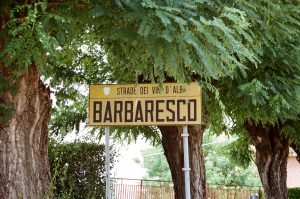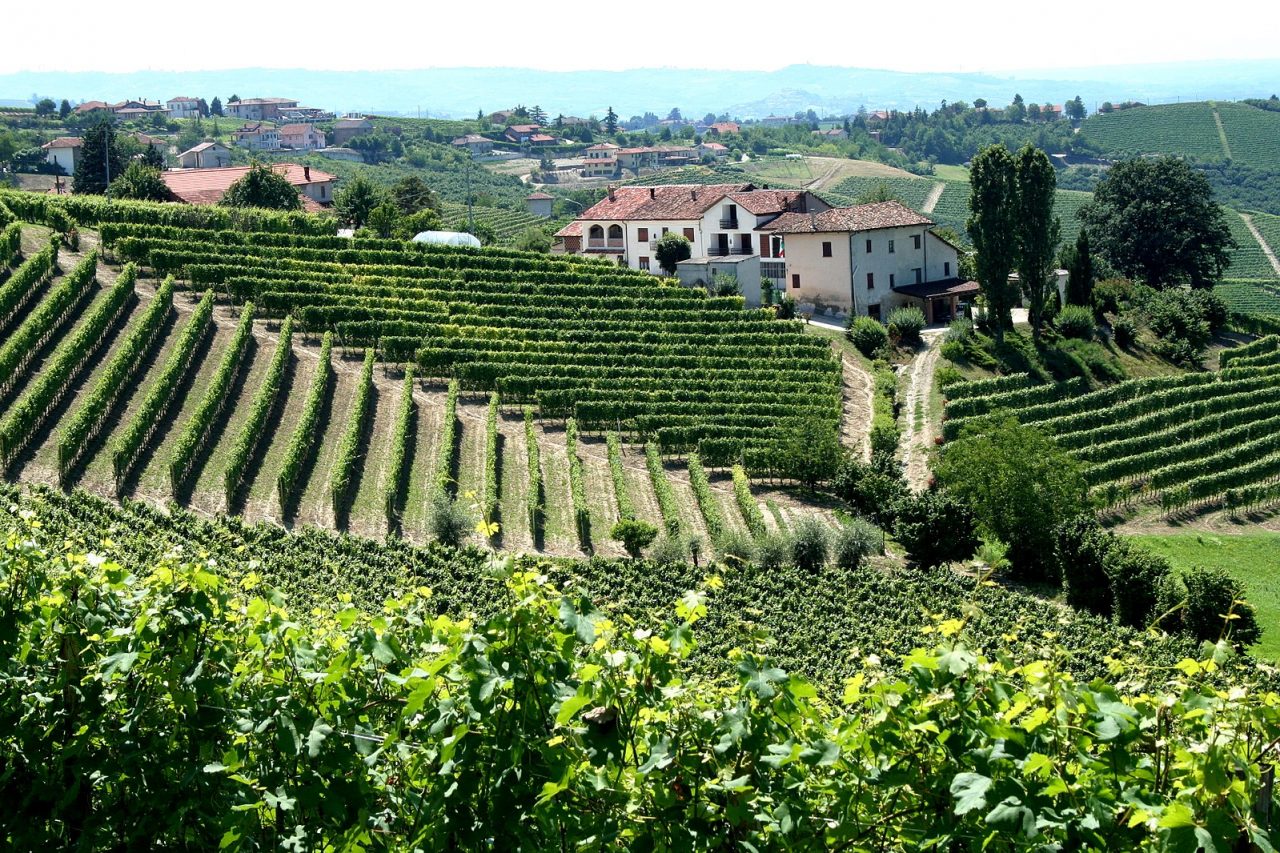Wines: A brief and personal review
The price of a bottle often has little to do with its quality (with exceptions). Here, I’ll tell you about some of my favorites, and provide a brief history of them. For my Italian friends, here’s the same information in Italian (per i miei amici Italiani, click qui)
I don’t like aromatic wines like the Cabernets from California. Nor do I like some of the new super alcoholic wines made today that make you fall asleep as soon as you drink a glass and have so much alcohol that you can’t even appreciate the taste. There’s nothing that Robert Parker recommends that I like—he’s ruined the wine market and made Tuscans develop the horrible, too-dry, super-expensive “Super Tuscans” Aromatic wines, such as California Cabernets. It is a pathetic effort effort to turn wines from Florence into Californian wines. Crazy! —Although some people made millions out of this scam! I much prefer a good Chianti, for example, one one called “Isole e Olena.”
Having said that, if you are still in the mood to listen to someone who disagrees with His Majesty, Mr. Parker, I’d like to give you some simple advice based on my personal tastes and passion for wine.
I will start with Red wines, going from North to South of Italy and then I will do the same with the white wines. So let us start with Piedmont, the region that makes the best Italian wines, and thus the best wines of the world.

Barbaresco Street sign
There’s no doubt in my mind that the best wine in the world is the “Barbaresco.” It’s made with the Nebbiolo grape, which is also used to make the Barolo and Gattinara wines, and some less good wines. The only difference between these three wines is the place –the soil- where they are grown, the amount of exposure of the grapes to the sun and the Tanaro river, which passes nearby Barbaresco and influences soil and temperature. For example, usually the Barbaresco grape is picked about a week before the Barolo grapes, which grow only a few kilometers away. The most famous (and most expensive) is the Barbaresco from Gaja, which has achieved the distinction of becoming the most famous Barbaresco in the world—but to be honest, there are many others equally fine. The Barbaresco di Gresy, particularly the varietal Camp Gros, is my personal favorite. And one that’s less expensive, but always great, is Ca’ Nova, an exceptional Barbaresco and probably the least expensive among the top ones. Whenever I find it in a wine store, I always buy it. There are many other excellent producers of Barbaresco, and usually they also make excellent Barolos: Batasiolo, Ceretto, Conterno, Damilano, Giacosa, Grasso, Oddero, Pio Cesare, Rocca, Scavino, Spinetta (the one with the Rhino on the cover), e Marchesi di Barolo are just some I remember at this moment, but there are more that are excellent.
Produttori del Barbaresco merits a special mention. They make a great Barbaresco at a very reasonable price. It’s a cooperative where small local producers bring their grapes: the more they sell, the more they earn, so they bring their best grapes!. Of the various Barbaresco wines offered by “Produttori”, La Riserva Pora is my favorite. I have about ten bottles saved from 1999 and they are exceptional.
Barolo is more famous than Barbaresco: the region that produces it is about three times larger, so there are many more bottles and more people know it. It is a great wine, a little dryer than Barbaresco. Italians experts are split: about half of them prefer Barolo the other half Barbaresco. I side with Barbaresco, see what you think. The most famous one is produced by Giacomo Conterno, I have 12 bottles from 1997 and they have been probably the best investment I ever made as I paid them –many years ago- about 40 dollars a bottle. See what they cost now!
When Nebbiolo is bottled outside the area of Barolo or Barbaresco in the area that surrounds Alba, or when the year is so-so, the wine is bottled under the name of “Langhe”. There are some “Langhe” that are excellent, but it is unpredictable.
In the North of Piedmont, near Novara and Vercelli, the Nebbiolo is bottled under the different names of Gattinara (Vercelli) or Ghemme (Novara) an in the nearby Val D’Aosta under the name of Carema. Here the Nebbiolo for reasons I never understood is often called “Spanna”. These are good to excellent and less expensive wines. Among them I prefer Gattinara, I actually love it, although it does not reache the levels of the Barbaresco or Barolo.
When should we drink a good Barbaresco or Barolo?
Wait for at least ten years of aging, and up to 15 – 20 if the cork holds up –and if you are patient. This year I’m drinking Barbarescos from 2004 and 2005, but the Barbaresco from 1996 – 1999 are even better. Open the bottle twenty-four hours in advance, cover the bottle top with a towel and leave it in peace. About one hour before drinking it, transfer it into a decanter. If you’re going to purchase a bottle in a restaurant, call them a day in advance, give them your credit card number and ask them to open it a day early. Believe me, it makes a difference! And Gattinara and the other Nebbiolos? Maybe 8-10 years are enough, then it turns “old.”
I will continue…

